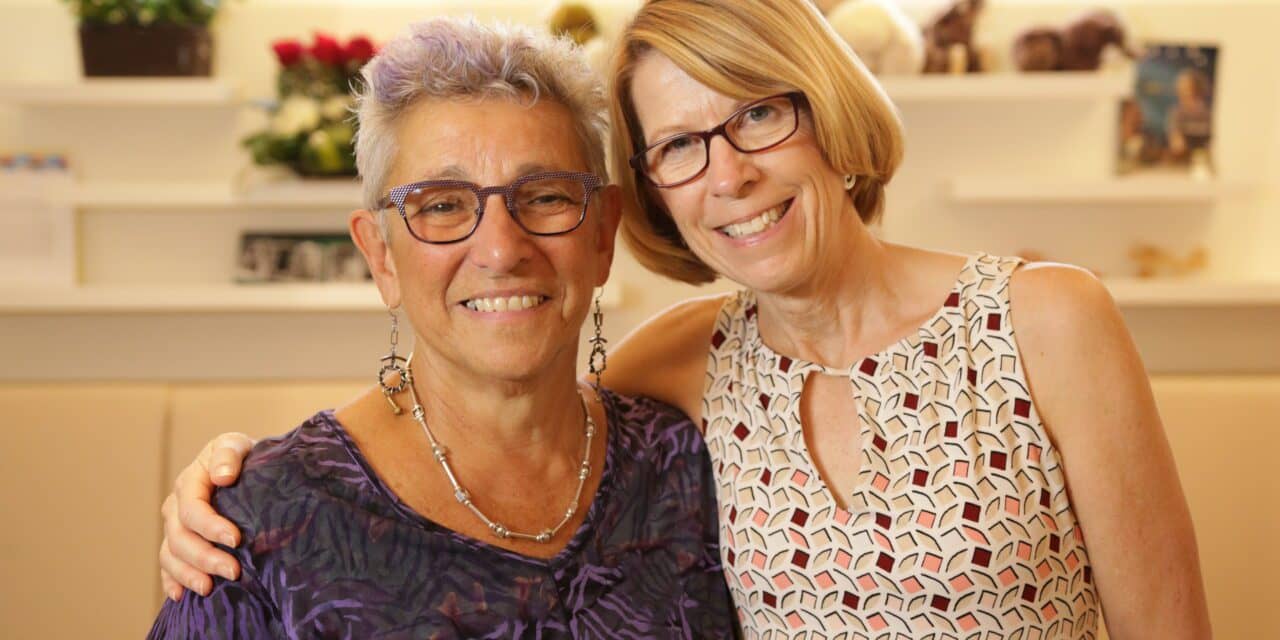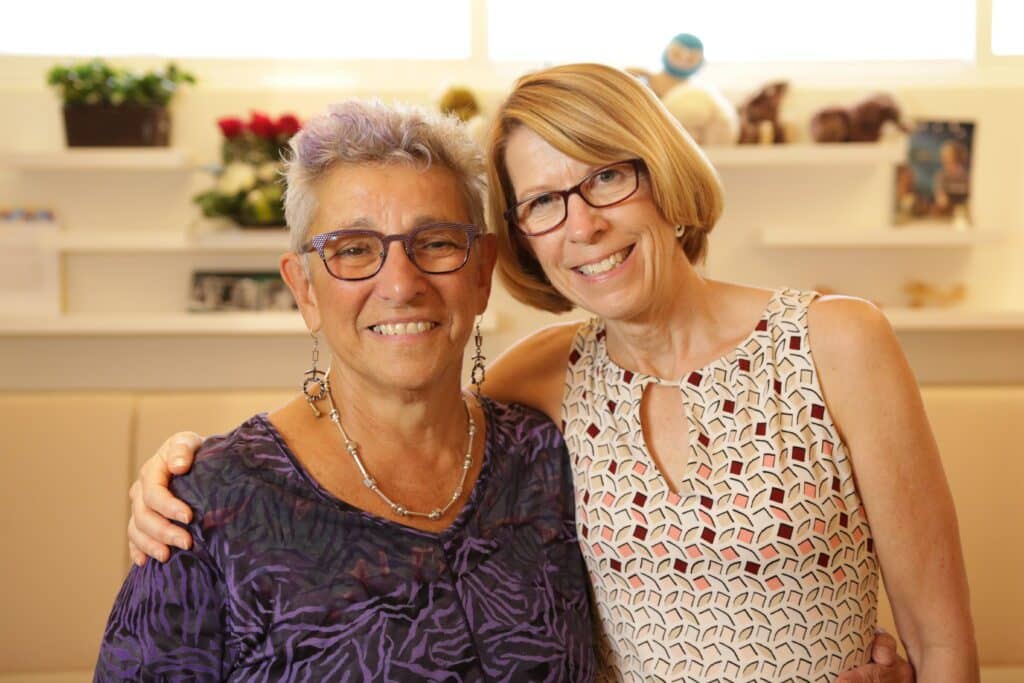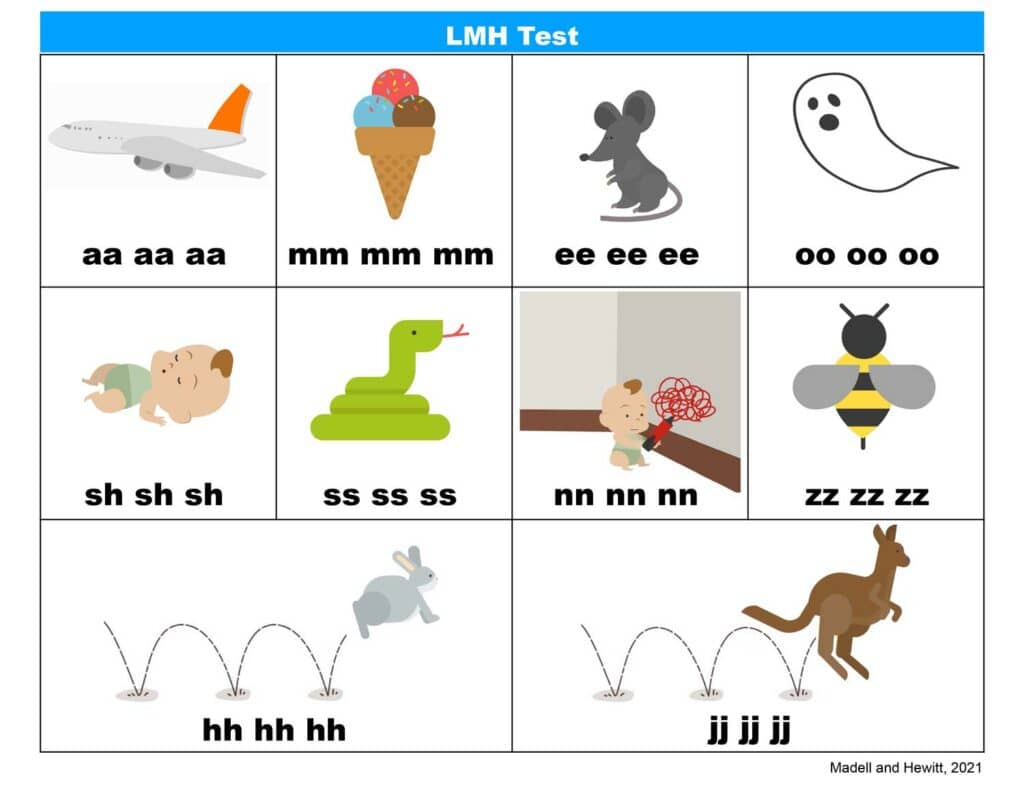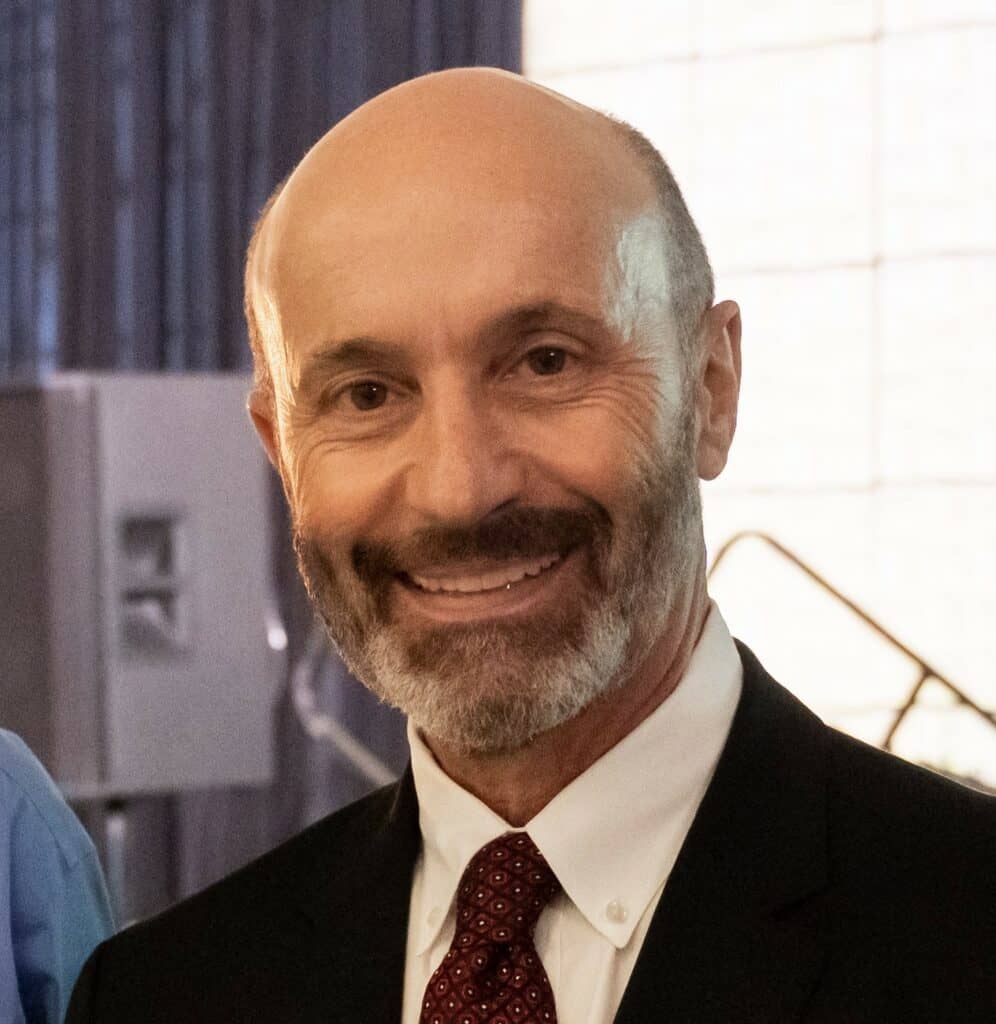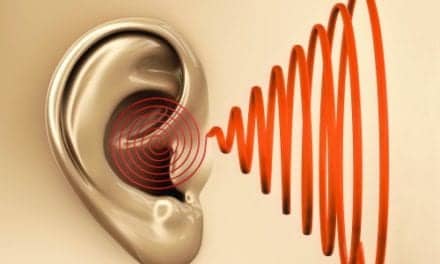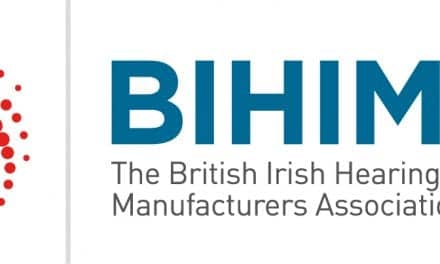Inside the Research | February 2022 Hearing Review
Pediatric audiologists Jane Madell, PhD, and Joan Hewitt, AuD, have recently modified the Ling Six Sound Test—which is widely used to ensure children hear all the sounds they need with hearing aids and cochlear implants—so the test now includes more information in the important speech mid-frequencies. Douglas Beck, AuD, interviews Dr Madell about this new test and its use.
By Douglas L. Beck, AuD
Jane Madell, PhD, has been a leading figure in pediatric audiology for the past 45 years. She is an audiologist, speech-language pathologist, and LSLS auditory-verbal therapist, with degrees from Emerson College (BA) and University of Wisconsin (MA, PhD). Her experience ranges from Deaf Nursery programs to leadership positions at the League for the Hard of Hearing, Long Island College Hospital, and Beth Israel Medical Center/New York Eye and Ear Infirmary as director of the Hearing and Learning Center and Cochlear Implant Center.
Beck: Hi Jane! Always a delight to speak with you!
Madell: Hi Doug. Thanks for the kind invitation!
Beck: My pleasure. For the new audiologists and students who may not be as familiar with you, I’ll point out that you are one of the most sought-after pediatric audiologists in the world. Your textbooks with Carol Flexer are a staple in pediatric audiology. Further, I could go on and on about The Listening Project—an incredible documentary—but we’ll just refer Hearing Review readers to www.janemadell.com and let them explore it all.
Madell: Thanks Doug.
Beck: Recently, you and Joan Hewitt, AuD, re-examined the famous Ling Six Sound Test, which has been used for almost 50 years as a listening screening for children with hearing aids, and more recently with cochlear implants. What did you find?
Madell: Yes, we did. The original test was actually five sounds: /ah/, /oo/, /ee/, /sh/, and /s/, but it was expanded to include /m/. And as you mentioned, it was published in the mid-1970s. Although the Ling Six Sound Test was an excellent screening tool, it didn’t offer as much information in the speech mid-frequencies as we might like. So Dr Hewitt and I expanded it to better assure audibility and discrimination of the very important speech sounds—essentially the 2nd and 3rd formants. As such, we added four additional sounds (phonemes) to provide a better, more balanced screening.
Beck: Which four additional phonemes did you add?
Madell: We added /n/, /h/, /z/, and /dj/. These give us more information from about 200-5000 Hz. For example, /dj/ has primary energy from about 200-300 Hz and also at 2000-3000 Hz. The phoneme /n/ has energy at about 250-350 Hz, and also at 1000-1500 Hz and 2000-3000 Hz. Of course, the exact bands vary with the person speaking.
Beck: And given the more balanced phonemic representation, I suspect the full test warrants a new name?
Madell: Yes, we refer to the new 10-sound screener as “The LMH Screener” for “low, mid, and high speech sounds”—or, it could be Ling, Madell, and Hewitt!
Beck: A highly fortuitous coincidence! Jane, how do you suggest the LMH be used, who should be using it, and how often?
Madell: Those are key issues. We would like the family to use the LMH sounds when they place the hearing technology on the child every day. They should keep note of what the child is hearing and what the child is not hearing, then report it to the audiologists. Of course, the educational audiologists can use it for their children with hearing aids and/or cochlear implants, and it wouldn’t hurt for the school’s speech language pathologist and teachers of the deaf to use it, or the classroom teacher, to assure that the child can hear, discriminate, and repeat the specific ten sounds.
Beck: I agree. There’s no point in guessing. Seems to me that if you gamify the protocol, we’re talking about less than a minute with most school-aged children?
Madell: Yes, that’s probably correct. However, please keep in mind that each hearing technology needs to be screened individually. That is, do the left or right ear, then the other ear, then binaural to make sure the child is hearing, listening, and repeating the sounds with their technology in place and as they use it daily.
Related Online Article: The LMH Test For Monitoring Listening
Beck: I’m glad you mentioned that. Certainly, the rate of technology failures in younger children is hard to know, as the child often is not aware of, or perhaps cannot report, the problem. Checking each ear individually is the only way to know if everything is working.
Madell: Exactly.
Beck: And, do you have a cue card for the professionals or parents to use?
Madell: Yes, we have a few diagrams and illustrations which can be downloaded and used to help know which sounds to verbalize, and the child can repeat them, or can point to the pictures.
Beck: Brilliant! And Figure 1 shows an example. And so, if you were to tell me the goal of the LMH Screening in one sentence, it would be?
Madell: The goal of the LMH screening is to determine what the child is hearing and what the child is not hearing. Speech perception must be monitored daily to assure the child is able to participate and learn.
Beck: Perfect. Thanks Jane. You and Joan are to be congratulated on this expansion of the Ling Six Sounds Test into the LMH Screening.
Madell: Thanks Doug. We appreciate your interest!
About the author: Douglas L. Beck, AuD, is the Vice President of Academic Sciences at Oticon Inc, Somerset, NJ. He has served as Editor in Chief at AudiologyOnline and as Web Content Editor for the American Academy of Audiology (AAA). Dr Beck is an Adjunct Clinical Professor of Communication Disorders and Sciences at the State University of New York at Buffalo, and also serves as Senior Editor of Clinical Research for The Hearing Review’s Inside the Research column.
Citation for this article: Beck DL. The LMH Pediatric Screener to assure appropriate amplification: An interview with Jane Madell, PhD. Hearing Review. 2022;29(2):28.
Correspondence can be addressed to Dr Beck at: [email protected]

